I've reached out on the AWS forums but am hoping to get some attention here with a broader audience. I'm looking for any guidance on the following question.
I'll post the question below:
Hello, thanks in advance for any help.
I'm new to Amplify/GraphQL and am struggling to get mutations working. Specifically, when I add a connection to a Model, they never appear in the mock api generator. If I write them out, they say "input doesn't exist". I've searched around and people seem to say "Create the sub item before the main item and then update the main item" but I don't want that. I have a large form that has several many-to-many relationships and they all need to be valid before I can save the main form. I don't see how I can create every sub item and then the main.
However, the items are listed in the available data for the response. In the example below, addresses, shareholders, boardofdirectors are all missing in the input.
None of the fields with '@connection' appear in the create api as inputs. I'll take any help/guidance I can get. I seem to not be understanding something core here.
Here's my Model:
type Company @model(queries: { get: "getEntity", list: "listEntities" }, subscriptions: null) {
id: ID!
name: String!
president: String
vicePresident: String
secretary: String
treasurer: String
shareholders: Shareholder @connection
boardOfDirectors: BoardMember @connection
addresses: [Address]! @connection
...
}
type Address @model{
id: ID!
line1: String!
line2: String
city: String!
postalCode: String!
state: State!
type: AddressType!
}
type BoardMember @model{
id: ID!
firstName: String!
lastName: String!
email: String!
}
type Shareholder @model {
id: ID!
firstName: String!
lastName: String!
numberOfShares: String!
user: User!
}
----A day later----
I have made some progress, but still lacking some understanding of what's going on.
I have updated the schema to be:
type Company @model(queries: { get: "getEntity", list: "listEntities" }, subscriptions: null) {
id: ID!
name: String!
president: String
vicePresident: String
secretary: String
treasurer: String
...
address: Address @connection
...
}
type Address @model{
id: ID!
line1: String!
line2: String
city: String!
postalCode: String!
state: State!
type: AddressType!
}
I removed the many-to-many relationship that I was attempting and now I'm limited to a company only having 1 address. I guess that's a future problem. However, now in the list of inputs a 'CompanyAddressId' is among the list of inputs. This would indicate that it expects me to save the address before the company. Address is just 1 part of the company and I don't want to save addresses if they aren't valid and some other part of the form fails and the user quits.
I don't get why I can't write out all the fields at once? Going along with the schema above, I'll also have shareholders, boardmembers, etc. So I have to create the list of boardmembers and shareholders before I can create the company? This seems backwards.
Again, any attempt to help me figure out what I'm missing would be appreciated.
Thanks
--Edit--
What I'm seeing in explorer

-- Edit 2-- Here is the newly generated operations based off your example. You'll see that Company takes an address Id now -- which we discussed prior. But it doesn't take anything about the shareholder. In order to write out a shareholder I have to use 'createShareholder' which needs a company Id, but the company hasn't been created yet. Thoroughly confused.
@engam I'm hoping you can help out the new questions. Thank you very much!
